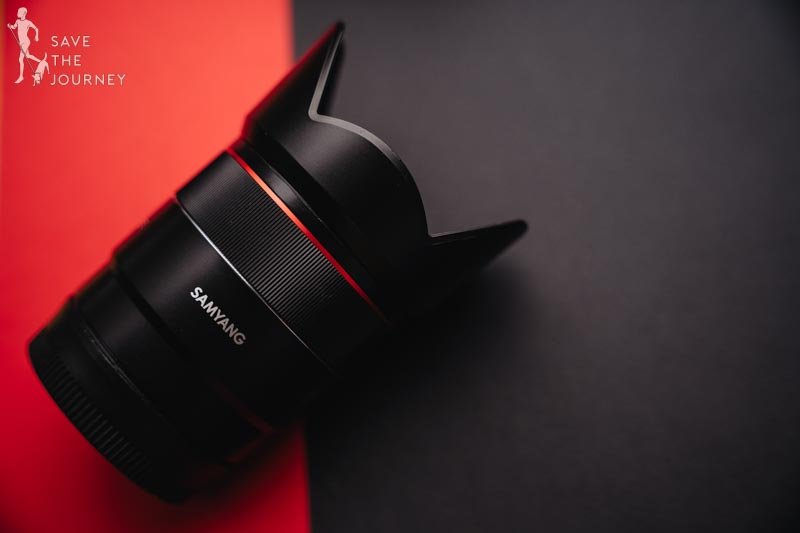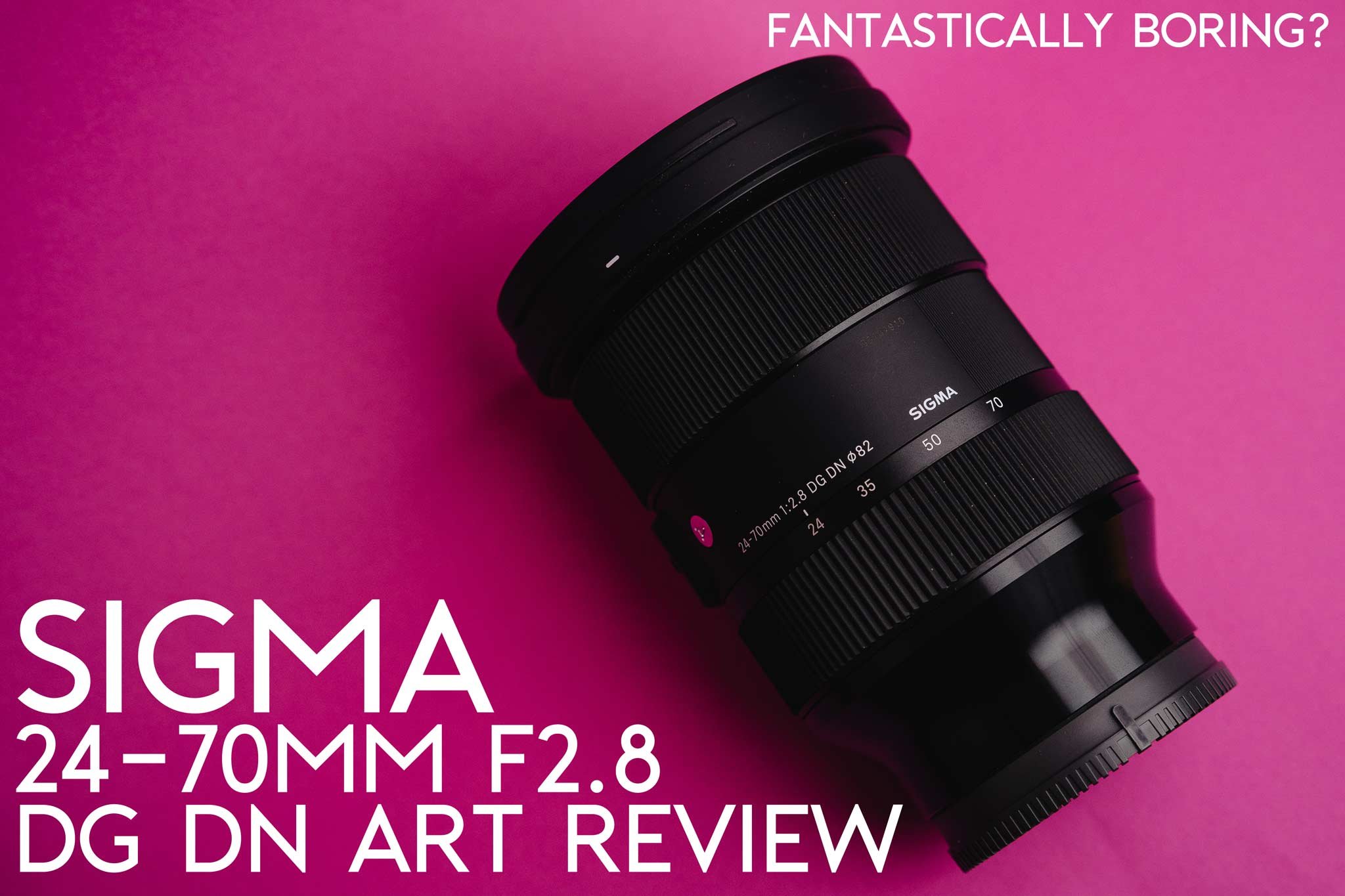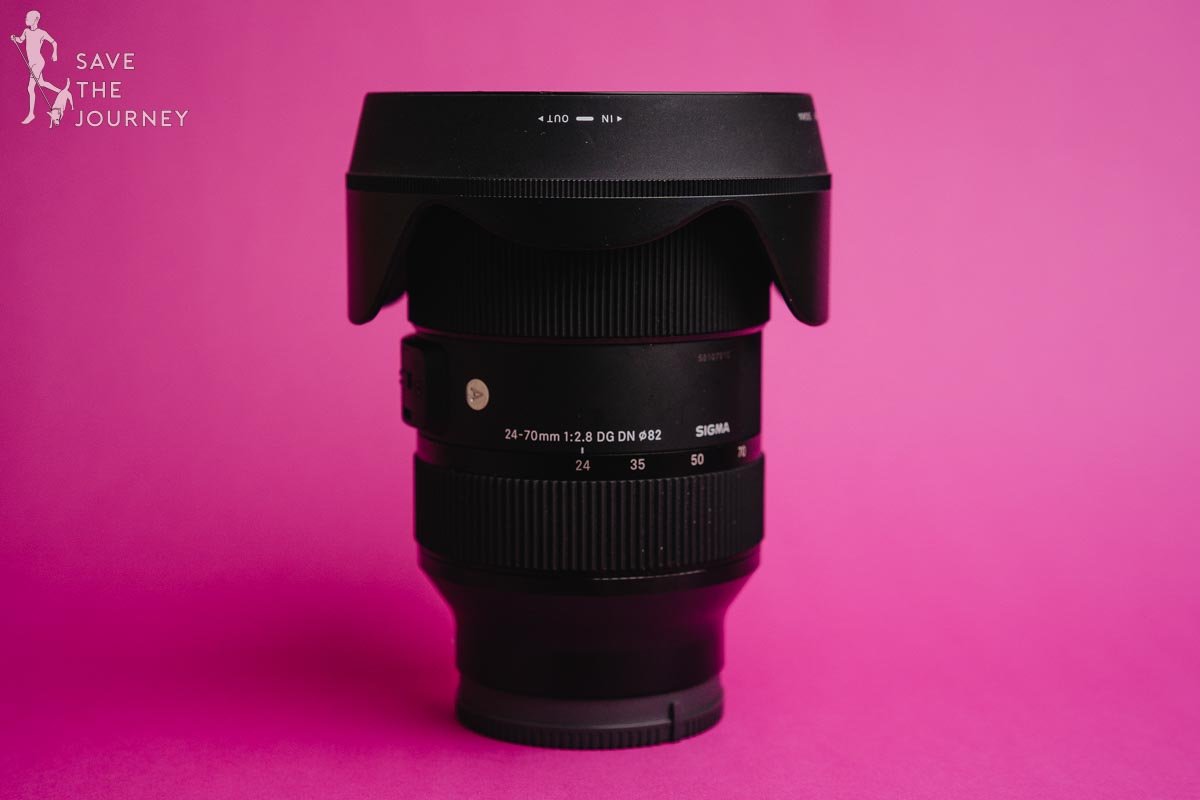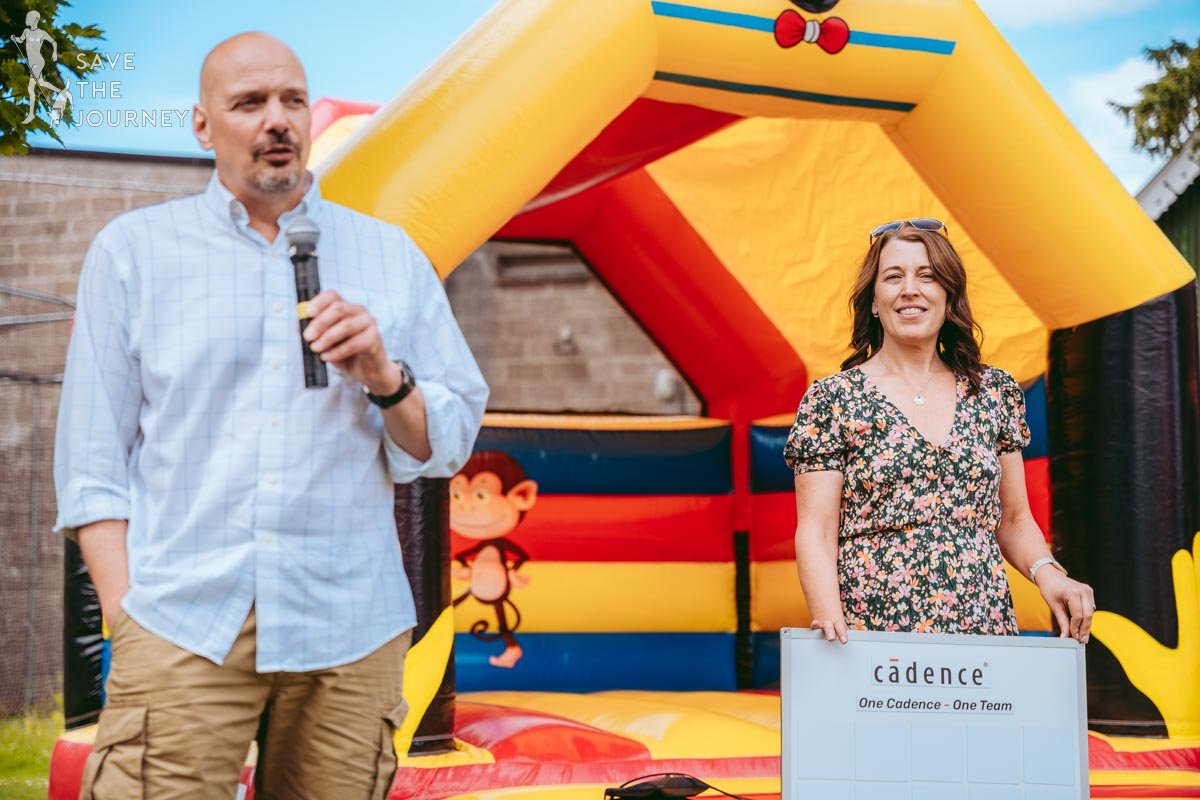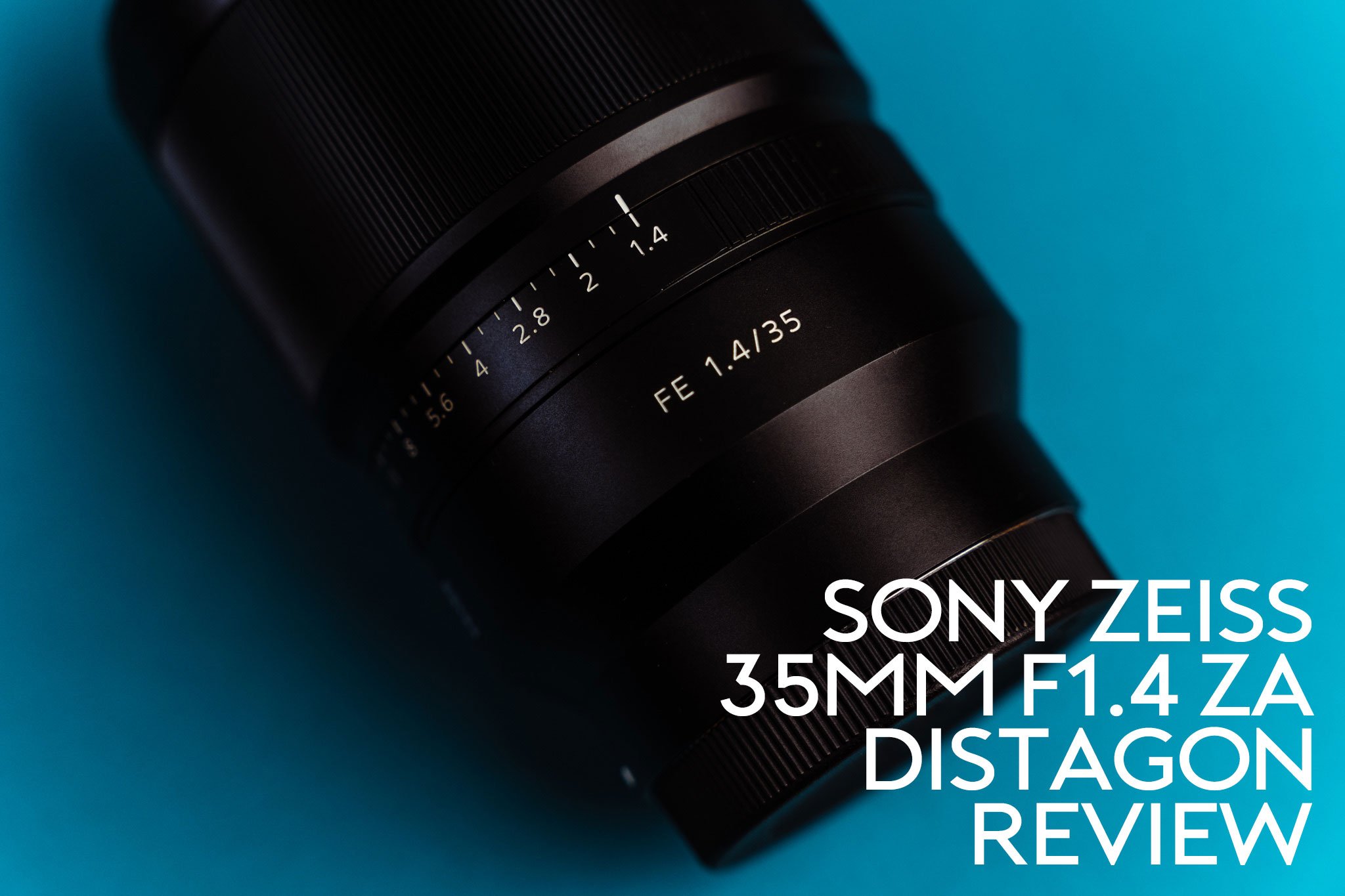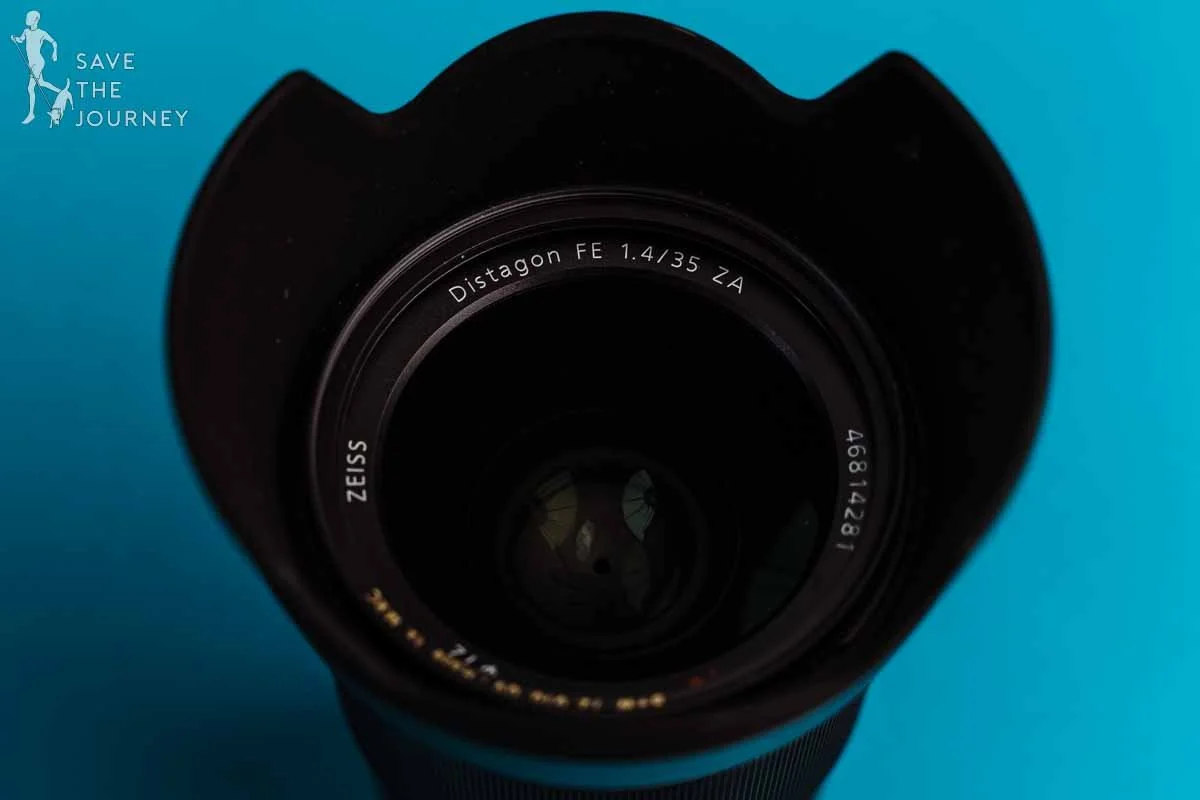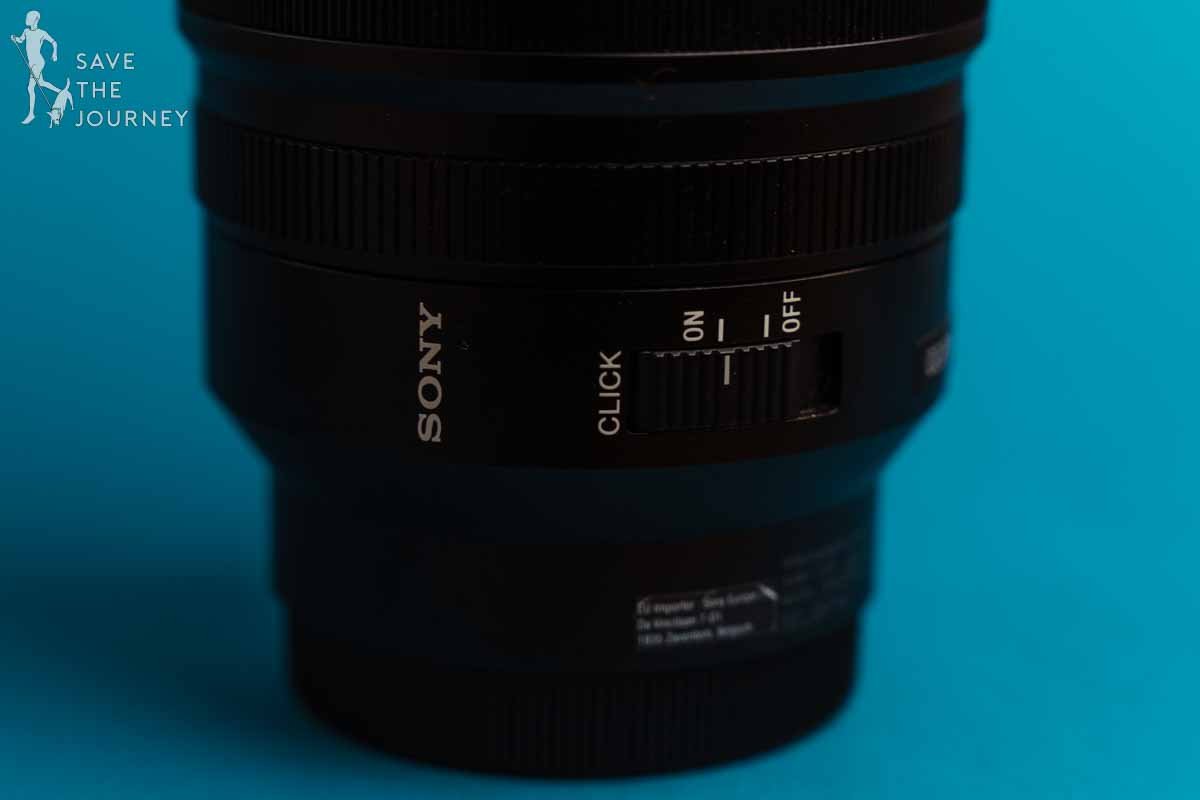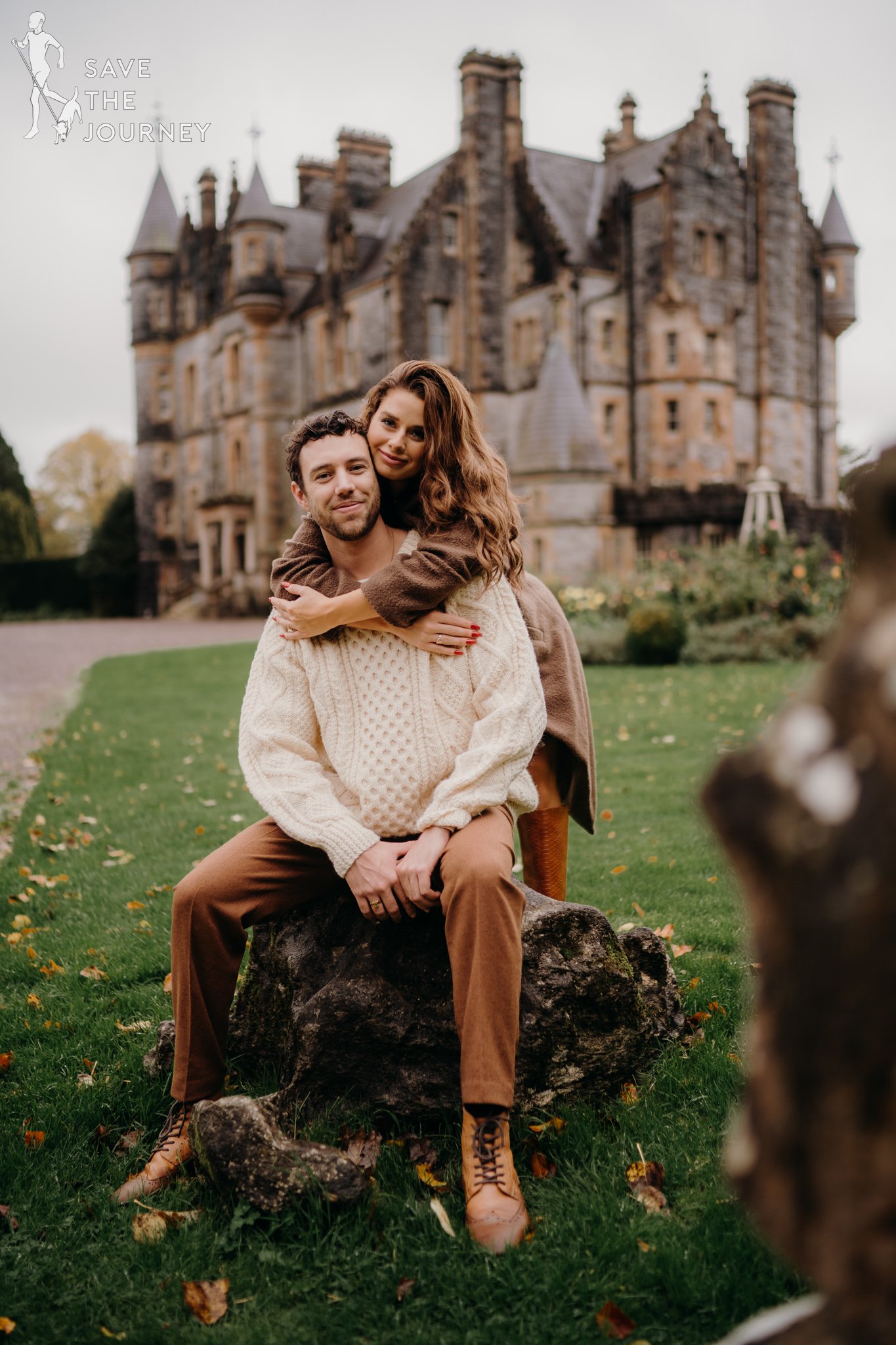Why the Samyang AF 35mm f1.8, don’t you have a 35mm lens already?
I absolutely love and adore my Sony Zeiss 35mm f1.4 lens, even if I come across a bit negative in my review here. But it has the right amount of character, and beautiful f1.4 bokeh, while still being sharp enough and having great contrast and flare resistance to create very professional looking images. But it does weight 630g. And due to some unrelated back problems I was having, I needed to down size without losing too much image quality.
So the battery grips came off the cameras and I lost a battery. 313 grams saved per camera. I bought a Godox V350 to replace my V860iii and V1. 284 grams saved. A good start. And with the plethora of small 35mm lenses around, it being the lens I take with to 98% of my shoots, this would be a great place to save some more weight.
Ok, but why the Samyang?
The options, for me, boiled down to the Sony 35mm f1.8, the Samyang 35mm f1.8 and the Sigma 35mm f2 DG DN. The Sigma is the heaviest out of the three, and as much as I would love to love the tiny i-series, I just don’t love the way Sigma lenses render images. They all (especially my 24-70mm) render such a flat and sterile image. Which I don’t mind when photographing events, but it really gets in the way for me, when taking portraits. Between the Sony and Samyang I didn’t see much of a difference, and personally I feel like the Sony is incredibly overpriced, so I just went for the affordable Samyang.
First impressions
My first impressions were:
• It’s tiny and lightweight (420 grams lighter than my Sony Zeiss)
• Doesn’t have a very high build quality
• But I like the images
What do I like?
While it’s not a definitive replacement to my Sony Zeiss, it is a great gap till my back is feeling better again.
It’s cheap!
It is also nice to have a cheap lens on the camera that I don’t care that much about. The Sony Zeiss isn’t necessarily expensive but it is a lens where you might need to go through a copy or two or three until you find a good one. And mine’s great. So I am a bit protective about it. But with the Samyang, I will gladly ‘throw’ around the lens at weddings and events, and get some dynamic action shots, and not care too much about it. It’s also great to just throw the lens into a camera bag, to have just in case. It’s so small and light, you’d almost forget it’s there.
AF is pretty good
I must admit, I have more keepers with my Sony Zeiss and there is a difference in AF tracking. But I was surprised how snappy and good this lens’ AF still is. I wouldn’t use it for anything too important or critical, but for the portrait shoots that I mostly do with this lens, where if needs be, I can re-create a moment or situation easily, it is perfectly usable. And having said that, I have used this lens for several weddings as well and it’s not let me down.
IQ and rendering is good enough
I really like the way the photos are rendered. The flare isn’t too distracting and it doesn’t wash out too easily. The contrast and colours a good. The colours are a little muted but are neutral enough so that they do fit in well with the rest of my lenses with just a little bit of extra time in Lightroom. I don’t get that amazing 3D rendering, but it’s much more life like than the Sigma.
Everything is good enough to very good.
What’s not to like?
Not every lens can be perfect, and neither is this one. Even for the price.
Sharpness and Bokeh
The only thing that lets it down a little bit in the image quality department is the sharpness and the bokeh in certain situations. Now, I’m no sharpness guy. I’ve never bothered looking at a sharpness chart ever and truly think it’s a much overhyped topic. But this lens could use with just a little bit more resolution. But again, it’s good enough.
The bokeh is great in most cases, a little bit swirly and old-school, which I like, but in some cases it gets really muddy and gross. At least to my eye. Here are some examples (2nd photo, trees in the background):
You could smooth out the worst offenders in post, and maybe it’s just me being picky but I don’t like this look a lot.
Custom Modes
Does anyone actually use these? A dedicated aperture ring would have been way more useful.
Summary
As I’ve written this line a few times now, this lens can be summarized as ‘good enough’. It was never intended to be an amazing lens, and for the price, everything is just good enough. Now, I am really picky when it comes to my lenses and the way the images look, especially when it comes to my 35mm lenses. It’s my favourite and most used lens, so the look of it is critical to me and my brand. I wouldn’t use this lens for the rest of my life, but that I haven’t immediately replaced it and am not counting the days to go back to my Sony Zeiss 35mm is a huge compliment to it. I’m in no rush to going back, and for a threehundred-something Euro lens, that’s not bad. That’s really not bad at all!
I do also have the Samyang AF 75mm f1.8 lens and often couple these lenses up together on two bodies, and they’ve been great! I will write a review on that lens soon in the future.
Would I recommend it?
If you want the best of the best, why are you even looking at this lens? If you’re looking for something small and compact or if you’re looking for the very cheapest AF lens, absolutely, go ahead and buy this thing!



